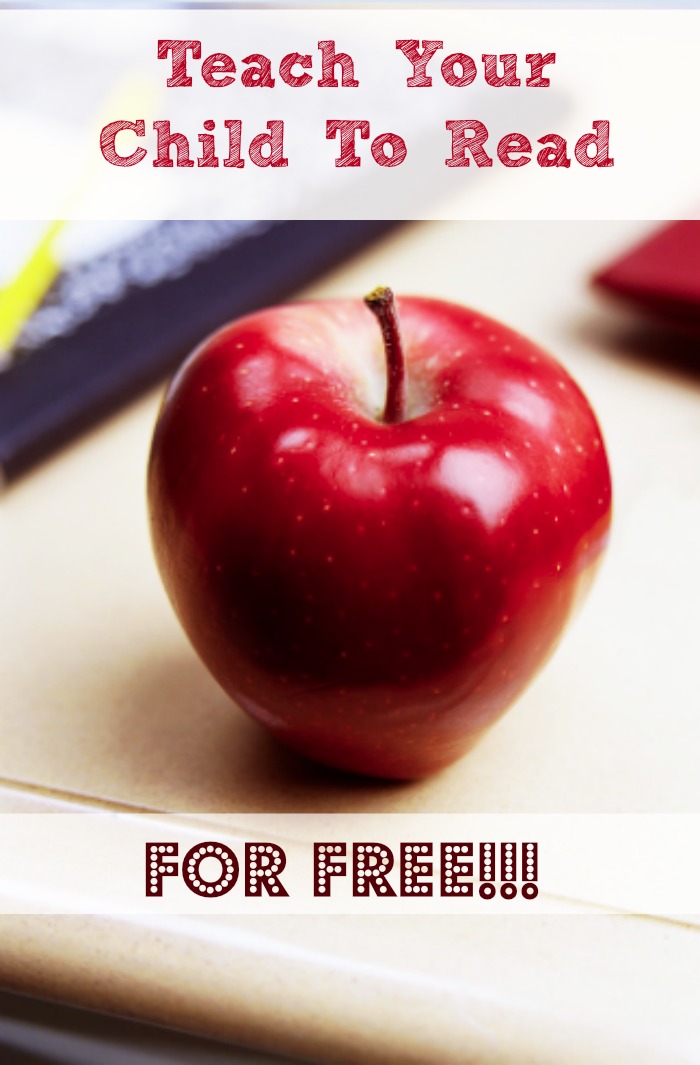
Many of my readers know that I am a certified Reading Specialist in PA. My undergrad was in Education but my Masters in Education was concentrated in Reading classes. I'm a firm believer that there are so many parents that can teach their child how to read at home, or can support their child's reading progress if they are consistent teachers. It's my goal to use this post series, "Teaching Your Child To Read For FREE," to help parents have the resources they can use at home to at least get their child on the right track and stay on the right track! I'll be starting out this post by grade level, and will move into other posts to help parents. Teach Your Kindergarten Student How to Read
How to Begin Teaching Your Child to Read:
1. Once your child has completed the Kindergarten Skills we wrote about, they will begin to learn short vowel word families and sight words. Here is a FREE printable with a list of short vowel words. 2. At the same time you are teaching the short vowel list of words everyday, you will also work on this Sight Word List from Mrs. Perkins. Start with Pre-Primer and work through Third Grade.
3. Each day you will spend 10 minutes on phonics, 10 minutes on actual reading, and 10 minutes on sight word work. These words can be taught in various ways, but a dry erase board is usually the easiest and most versatile. Please check out all of our resources for each of these categories below.
10 minutes on actual reading:
In the school setting, teachers have access to many books that are leveled into mini-steps. However, it is very hard for parents to acquire these types of books, because they are very expensive, and are mostly sold to schools. This is why Dick and Jane is one of the earliest easy readers still available to the public. However, Reading A to Z has a section of books that can be printed, but this can get pricey as well. I recommend asking your child's teacher or a local public school if you could possibly borrow books on a short term basis. If you homeschool, make sure you to contact the Reading Specialist at the school and see if you can borrow these books, but just make sure to return them!!10 minutes on sight words:
Start working on the Sight Word List from Mrs. Perkins. Start with Pre-Primer and work through Third Grade.10 minutes on phonics:
Here is an extensive list of phonics skills to work through each day. Once you complete the list of short vowel words you will move on to the following phonics skills: Phonics Skills and Word Lists: 1. Long Vowels 2. Blends: Large Consonant Blend Cards Blend Handout Blend Activities COMPLETE PHONICS PROGRAM (186 pages) 3. Digraph Word List 4. R- Controlled Vowels Packet 5. Work on irregular vowel patterns in words such as oi/oy, oo/oo, ow/ow, igh, and any others you come across in reading with your child. 6. Contractions: Check out this printable list of contractions! 7. Work on adding endings to words like s, ed, ing, etc. Additional Phonics Work:- Recognizing verb endings: es, ies
- Recognizing consonant blends such as: str, sch, thr
- Recognizing the silent
- letters in words with kn, gn, wr
- Recognizing prefixes such as: un, re
- Recognizing suffixes such as: ful, ly, y
- Recognizing base endings such as: es, er, est




